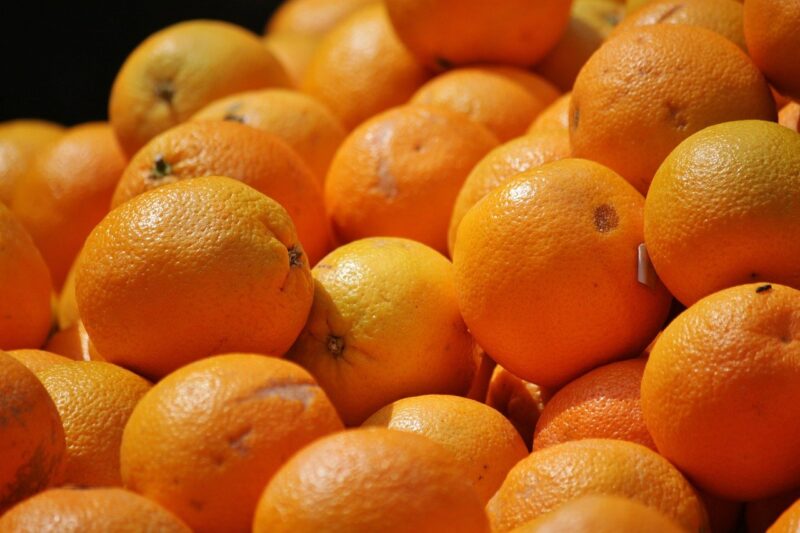When Charles of Bourbon ordered Vanvitelli to design the Royal Palace of Caserta, he certainly did not have to look after expenses or even sustainability. His only goal was to compete with other European sovereigns. With this idea in mind, Vanvitelli transformed the 120 hectares of the Royal Park into 3 km of wonder (to retrace them together click here). In his project, Vanvitelli, in addition to fountains, statues, carefully chosen plants, also included about 300 orange trees, whose color was perhaps the most suitable shade for all that green. The result: centuries of splendor and … fallen oranges.
If Vanvitelli could not think of a sustainable project in his time, today something certainly had to be re-evaluated. For this reason, thanks to an agreement between the Royal Palace of Caserta and the E.V.A. social cooperative, thousands and thousands of oranges that would have fallen without ever being eaten, will become jam.
Vanvitelli would be proud of this commitment that adapts his past choices to the present times and places the Royal Palace of Caserta among the realities linked to a vision of a circular economy aimed at “no waste”. Oranges, beyond their decorative function, now have an important new function within a sustainable system.
In addition to playing a role in sustainable development, oranges also have a social value. This is because the oranges are harvested by women employed in the jam laboratory “Le ghiottonerie di Casa Lorena”, an anti-violence center that helps women who have freed themselves from violence to be autonomous and re-enter the labour market.
If you are lucky enough to admire the Royal Park of the Royal Palace of Caserta, in addition to being amazed by its immense beauty, you will be able to observe all that greenery with greater awareness of how important all that greenery is, and how it is equally important to preserve it and take care of it. Only in this way, future generations will be able to continue to be amazed and… to savor the “king’s jam”.

